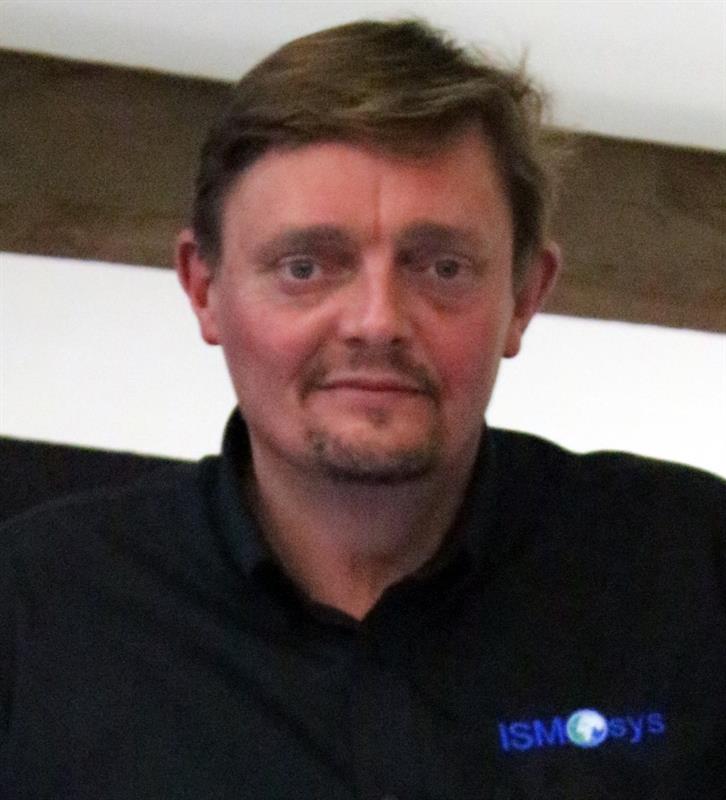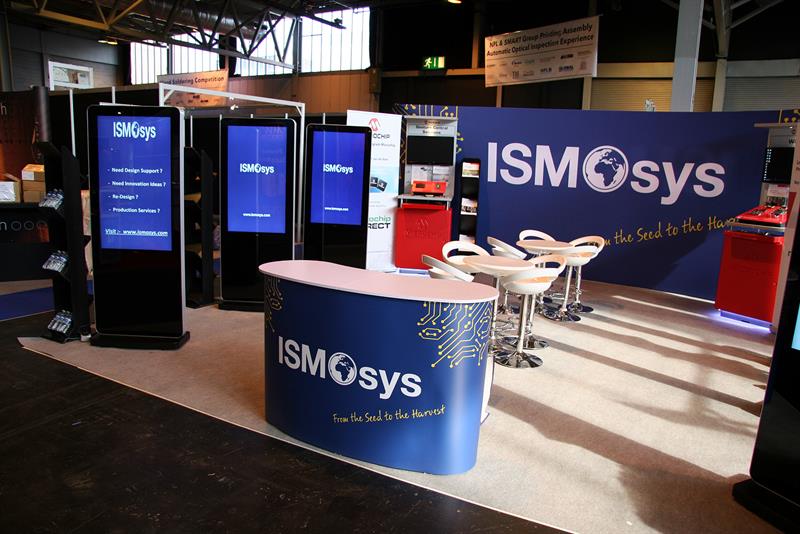“A distributor holds stock, ships products and invoices the customer,” explained Watts. “It makes its money by buying, adding a margin and selling. It also collects the debt from the customer.
“The rep is paid a commission on its sales by the manufacturer and so is part of the cost of sales structure of the manufacturer. A rep also provides some commercial infrastructure to support sales to distributors.”
Large enough companies have a support team, Watts says. “Smaller companies use reps to be their support team for distribution.”
According to Watts, reps started to appear in the US electronics industry in the 1970s. “How did companies get customers to know they exist? Distribution wasn’t well developed in those days. A rep brings the manufacturer an in-depth knowledge and experience of key customers in a territory or geography. And manufacturers can use that knowledge to get to those customers.”
This is the reason why IQD Frequency Products uses reps in the US. “Americans buy American,” said vice president of sales Maria Shoteh. “The US is a big market, so employing reps is the best way of getting to the local customer.”
The relationship with target customers is therefore key, but is not all reps have to offer. Watts believes amortisation of cost is another important reason.
A rep saves on cost by managing a line card of non-competing complementary product lines. “A rep has many income streams and can therefore afford to do things that companies can’t, like providing a support structure for distribution,” Watts said.
“A manufacturer might have to put two or three people in an office in the UK to support European customers or distributors, while Ismosys has offices in several countries supporting local customers and distributors for the same cost.”
Neil Whittington, EMEA sales director for CUI, agrees that reps have their advantages. “Reps provide exclusive sales support for a manufacturer’s products and technologies, whilst promoting complementary lines that, as a whole, provide a focused and knowledgeable sales and support structure to the technical and commercial teams within the customer base.”
Watts argues reps also have a better relationship with the customer, which maximises the sales opportunity for the lines represented.
Traditionally, in the US style model, distribution was active in the mid and lower tiers of the customer pyramid, with the manufacturer’s sales force or reps dealing with the top tier. Gradually, however, reps have become more involved with the middle tier, working hand in hand with distribution.

“Distributors’ fear was always that if the reps came into the middle tier and the accounts started to grow quickly, the rep would adopt them directly on behalf of the manufacturer and they’d lose all the business,” said Watts, pictured left.
“That didn’t really happen in the US for many years, but it did in Europe. Reps used to steal house accounts from distributors and there was a hostile, often mistrustful, relationship between them. Reps were regarded far more as parasites than as partners.”
“It is up to us as the manufacturer, and the rep organisations, to shift this perception and to help them understand that we are all working on the same team,” argued Whittington. He mentioned that in Europe, the more common model has been that of a ‘stocking rep’, or a specialist distributor, which could restrict reps’ ability to work with the main catalogue and broad-line distribution partners that have access to the larger customers.
Watts believes the perceived disadvantage of using reps from a manufacturer’s point of view is their independence compared to an internal sales team that can be managed more easily. Cost is another factor, with successful reps being seen as expensive because of the commission they receive on sales of each product.
From a customers’ point of view, reps can be perceived as a ‘halfway house’ to the manufacturer when they feel they need to be talking directly to the source.
Paul Fear, IQD’s group managing director, claims EU laws limit the possibilities of working with reps in the UK. “In the EU, the reps are overly protected by law, which makes them both costly and unwieldly. It is a simpler system in the US.”
Watts contends the representative model has not grown sufficiently as the industry has moved on. “So it’s started to lose its value and many larger manufacturers have moved away from the concept because they don’t see enough value in it.”
He believes Ismosys is reversing that trend with the invention of a new ‘genre’. “Ismosys stands for Integrated Sales Marketing and Operations System. We’ve added more value to the rep concept because we can also do active tactical marketing and operations for the lines we represent. We use the marketing to drive sales by producing leads for the sales team.”
Ismosys started in 1994 in Europe as an American-style rep working closely with distribution and, according to Watts, was the first such organisation to go pan European. Watts claims Ismosys differentiates itself by having a strategic marketing programme in which it actively researches the sales coming through the catalogue or high service distributors to find high growth target customers.

“We make, on average, between 750 and a 1000 calls a month to new developing customers,” he stated. “We offer them support and service they don’t get offered elsewhere to establish their growth potential and to drive them up the revenue chain. We call this IQ REP: Identify qualify revenue enhancement programme.
“The support within IQ Rep is physical – in terms of peer to peer – and we offer a range of services through our website. We have developed a design partner programme in which 30 design houses around Europe are contracted to Ismosys and offer design support.”
To facilitate working with and finding so many potential customers, Ismosys created its own CRM system.
“I think CRMs are a disaster,” said Watts. “You bury so much information inside and lose focus on the customer. In our approach, we take our customers’ data and profiles, then select the right products and strategies to approach them with.
“All our programmes, modules and strategies are in place to help us find new customers, develop existing customers further and maximise the revenue for our lines so that we get the maximum return.”
From a customer’s perspective, a rep can cover multiple products from multiple companies in one visit, dealing with most design applications on a board.
“I like to think we maximise the efficiency of the visit and this gives engineers more confidence in what we’re doing,” Watts concluded. “Big distributors may carry 300 or 400 product lines and can’t always offer any in-depth technical support or service. Because a rep has a more focused line card and generally has more experienced staff in the field, we can therefore offer the customer a better level of technical and commercial support.”













